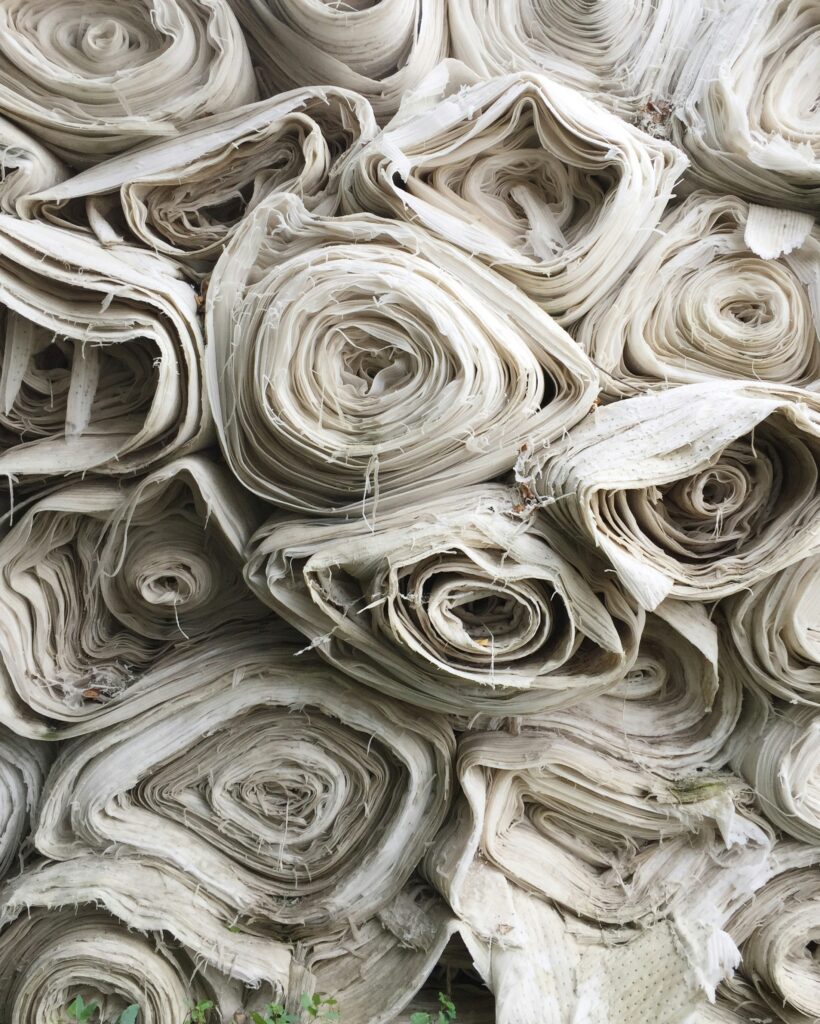
Understanding Eco-Friendly Packaging: Definition and Importance
Eco-friendly packaging refers to materials and methods used to package products in a way that minimizes environmental impact. Key characteristics of eco-friendly packaging include biodegradability, recyclability, and the use of renewable resources. Common materials used in sustainable packaging are paper, cardboard, bioplastics, and plant-based fibers. These materials are designed to break down more easily in the environment, reducing waste and pollution.
The importance of eco-friendly packaging is increasingly evident as the world faces significant environmental challenges. Traditional packaging methods, often reliant on plastics and non-renewable resources, contribute substantially to pollution, greenhouse gas emissions, and the depletion of natural resources. In contrast, sustainable packaging alternatives help mitigate these issues by reducing the carbon footprint and conserving vital ecological systems.
One of the primary benefits of eco-friendly packaging is its role in reducing carbon footprints. By using materials that require less energy to produce and are easier to recycle, businesses can significantly lower their overall greenhouse gas emissions. For example, paper and cardboard packaging, when sourced from responsibly managed forests, have a smaller carbon footprint compared to conventional plastic packaging.
Moreover, eco-friendly packaging aids in conserving natural resources. Sustainable materials often come from renewable sources, which can be replenished over time, unlike fossil fuels used in plastic production. For instance, bioplastics derived from corn or sugarcane are not only biodegradable but also contribute to reducing the dependency on petroleum-based plastics.
Real-world examples underscore the growing trend and consumer demand for sustainable packaging solutions. Statistics show that in 2020, the global market for eco-friendly packaging was valued at approximately $178 billion and is projected to reach $246 billion by 2025. Companies like Unilever and Nestlé have made significant strides in adopting eco-friendly packaging practices, responding to consumer preferences for products that align with their environmental values.
In summary, understanding eco-friendly packaging involves recognizing its essential characteristics and the broader environmental benefits it offers. As consumer demand for sustainable solutions continues to rise, the shift towards eco-friendly packaging represents a pivotal step towards a more sustainable future.
Innovative Materials and Technologies in Eco-Friendly Packaging
In recent years, the packaging industry has seen a surge in the adoption of innovative materials and technologies aimed at reducing environmental impact. One of the most significant advancements in this field is the development of biodegradable and compostable materials. Plant-based plastics, also known as bioplastics, are derived from renewable sources such as corn starch, sugarcane, and cellulose. These materials break down naturally in the environment, offering a sustainable alternative to traditional petroleum-based plastics.
Another groundbreaking innovation is mushroom packaging, which utilizes mycelium—the root structure of mushrooms—to create packaging that is both biodegradable and compostable. This material not only offers a sustainable solution but also requires less energy and water to produce compared to conventional packaging materials. Similarly, recycled paper products have gained popularity as eco-friendly packaging options. These products are made from post-consumer and post-industrial waste, reducing the amount of waste that ends up in landfills and minimizing the need for virgin materials.
Advancements in packaging technology have also led to the development of water-soluble packaging, which dissolves in water and leaves no harmful residues. This technology is particularly useful for single-use products and has the potential to significantly reduce plastic pollution. Edible packaging, made from natural ingredients like seaweed, rice, and potatoes, offers another innovative solution. This type of packaging can be consumed along with the product, eliminating waste entirely.
Smart packaging solutions are also emerging as a way to reduce waste and improve sustainability. These technologies include sensors that monitor the freshness of food, extend shelf life, and reduce spoilage. By leveraging these advanced technologies, companies can minimize waste and optimize their supply chains.
Several companies and brands are leading the way in eco-friendly packaging innovation. For instance, Evocative Design is pioneering mushroom packaging, while companies like Loliware are developing edible packaging solutions. Additionally, major brands like Coca-Cola and Unilever are investing in sustainable packaging initiatives to reduce their environmental footprint.
Future trends in eco-friendly packaging are likely to focus on further improving the sustainability of materials, enhancing the functionality of smart packaging, and increasing the adoption of circular economy principles. As these innovations continue to evolve, they offer promising solutions to the pressing challenges of environmental sustainability in the packaging industry.